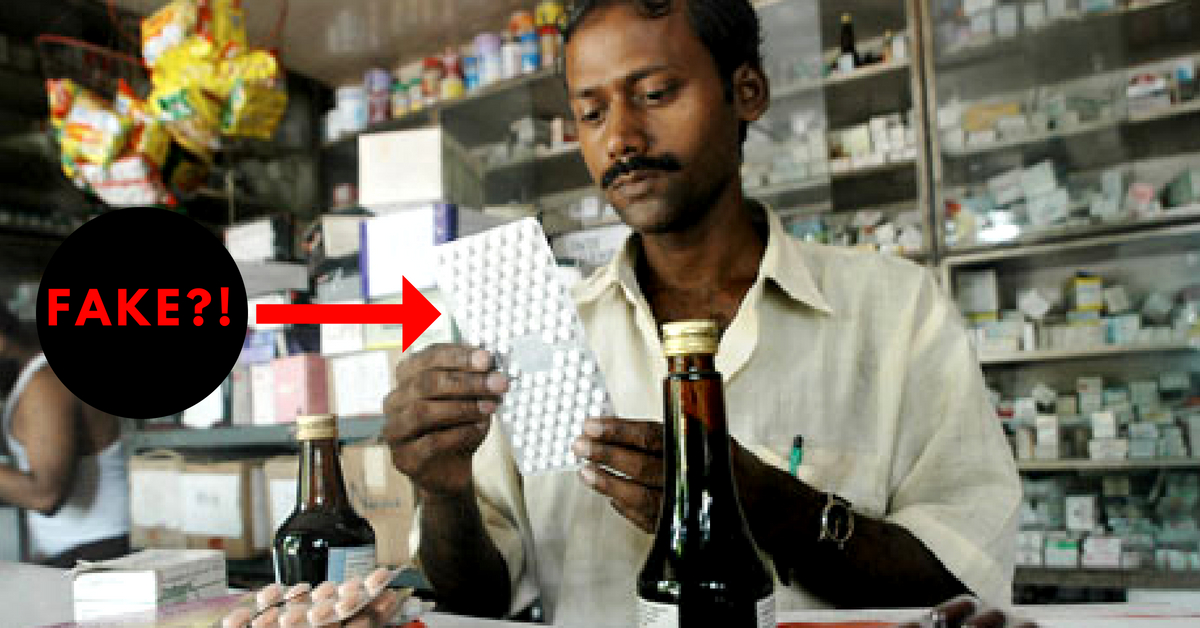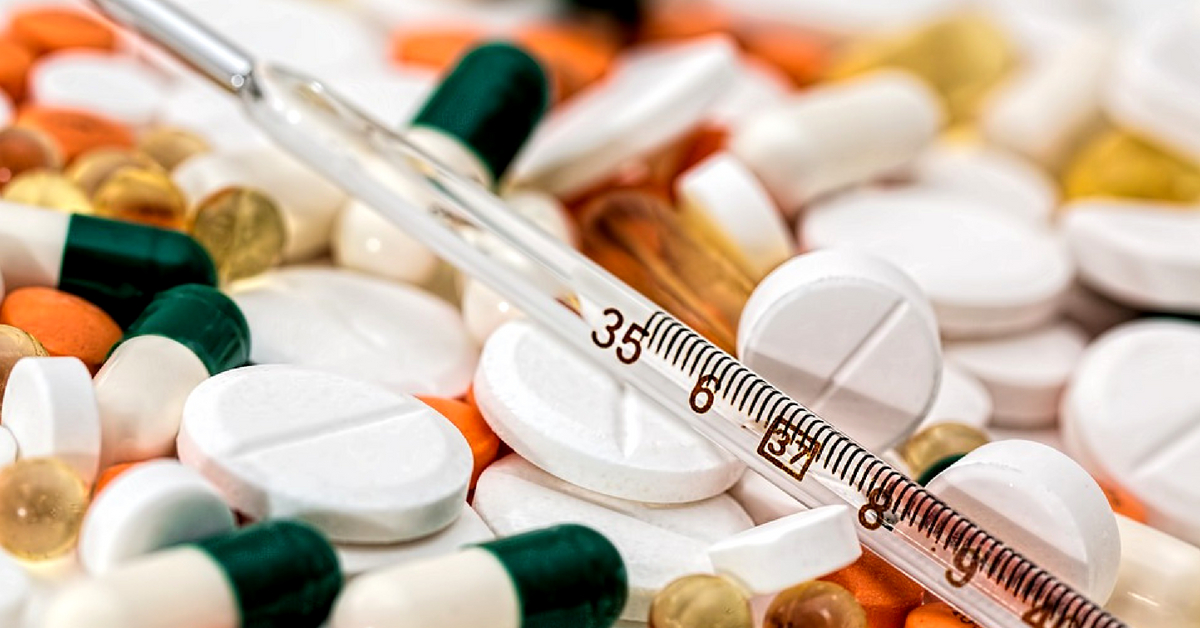Are Your Medicines Fake? Here’s How The Govt Plans to Let You Check in Seconds
The Drug Technical Advisory Board (DTAB) is now planning to form a system to ensure that you buy only genuine medicines.

Buying medicines over-the-counter is easy if you have a prescription and a good chemist. What often goes unchecked is whether the product you are buying to cure an illness is genuine or fake. How many times has a chemist or druggist suggested an alternative medicine to your preference?
In many cases, the chemist would have studied pharmacy in their vocational education. But at times, they can suggest fake medicines. The Drug Technical Advisory Board (DTAB) is now planning to form a system to ensure that you buy only genuine medicines.
DTAB is planning a system wherein customers can message the unique code printed on the medicine covers to a designated number, and a prompt reply will ascertain the legitimacy of the drug they’re buying.

An official involved in the system told the Live Mint, “The unique identification code will help consumers (to) avoid buying fake products. The idea is that within seconds, the person should receive a reply indicating whether the drug is legitimate.”
The government is planning to start the pilot project with a databank of 300 medicine brands along with their consumption pattern in various parts of India.
The brands will have to print a unique 14-character alphanumeric code of the packages of their medicines. Sending this code to a number will tell you whether the medicine is genuine. If the code is fake, so is the medicine.

The government had conducted surveys between 2014 and 2016 to check how many drugs in the market are up to the set standard and how many below. It found out that 3.16% of the total samples were sub-standard while 0.02% were spurious. Further, a 2017 report released by the World Health Organisation (WHO) stated that approximately 10.5% of all medicines from low and middle-income countries, including India, are sub-standard or fake.
You may also like: You May Now Need Prescriptions to Buy Fairness Creams in Maharashtra. Here’s Why!
IMS Health Information and Consulting Services India Pvt Ltd will assist the government in bringing down this number to two percent over the next three years. This system by the government will ensure that you have access to information about the medicine you are about to consume.
(Edited by Shruti Singhal)
Featured image for representational purposes. Source.
Like this story? Or have something to share?
Write to us: [email protected]
Connect with us on Facebook and Twitter.
NEW: Click here to get positive news on WhatsApp!
If you found our stories insightful, informative, or even just enjoyable, we invite you to consider making a voluntary payment to support the work we do at The Better India. Your contribution helps us continue producing quality content that educates, inspires, and drives positive change.
Choose one of the payment options below for your contribution-
By paying for the stories you value, you directly contribute to sustaining our efforts focused on making a difference in the world. Together, let’s ensure that impactful stories continue to be told and shared, enriching lives and communities alike.
Thank you for your support. Here are some frequently asked questions you might find helpful to know why you are contributing?


This story made me
-
97
-
121
-
89
-
167











